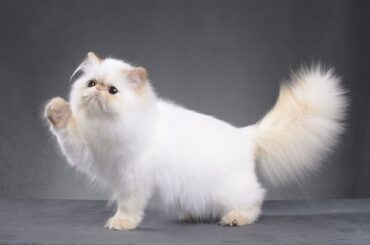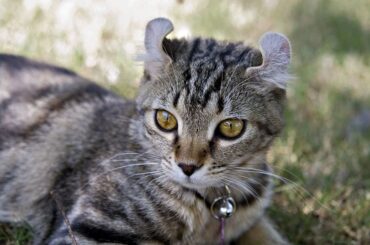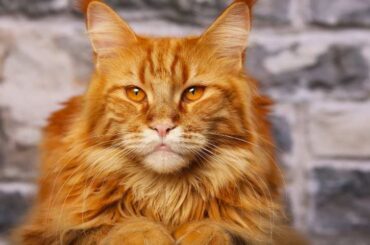Eye Diseases: One of the most typical causes for a visit to the veterinarian is a problem with the cat’s eyes. A cat’s eyes have a unique quality to them. Maybe it’s the fact that they have vertical pupils, or the amazing hues they come in. Viruses, bacteria, fungus, and trauma to the eye can all cause eye Disease. The severity of the problem can range from something that won’t significantly limit your cat’s activities to major eye damage.
Table of Contents
Some Common Eye Diseases in cat
- Cataracts
A cataract in the eye obscures a typically clear portion of the lens. Proteins in the eye’s lens stick collectively, causing the lens to wear down at some point. Light cannot reach the retina because of these aggregates. Vision deteriorates over time, eventually leading to eyesight problems. As long as they live indoors, most cats adjust well to having reduced vision. Cataracts are frequently confused with lenticular sclerosis, a natural aging process that affects cat lenses. The pupils of both illnesses seem white, grey, or milky, but a veterinarian can identify the difference with a routine eye exam.

2. Glaucoma
Glaucoma is a condition in which the watery fluid produced by the eye directly behind the lens does not drain adequately, resulting in a rise in fluid pressure in the eye. The collected fluid presses against the optic nerve, which connects the eye to the brain. Morphological irregularities inside the eye, disease, inflammatory conditions, injuries, growths, an anomalous shift in the eye’s lens, and other factors can all contribute to glaucoma.
Glaucoma-affected cats are frequently in excruciating pain. Their eyes may be red, hazy, weepy, and noticeably swollen in severe cases. If cats do not receive timely treatment with drugs to decrease ocular pressure, they may lose their vision and even their eyes. If the underlying cause of glaucoma can be discovered and treated effectively, glaucoma should go away.
3. Corneal Ulceration
The cornea, which shields the front of the eye while also controlling the quantity of light that enters it, has a delicate surface and can be affected by a variety of diseases. Corneal ulceration occurs when unhealthy cells gather in the cornea’s delicate outer layer, reducing the cornea’s normal function. Eye pain, squinting, redness, and occasional discharge are all symptoms. Mild, superficial corneal ulcers normally heal on their own with adequate treatment, which may involve addressing any underlying causes, using antibiotic drops or ointment, and providing pain relief. To aid healing, deep corneal ulcers may require surgery or other operations.

4. Infection
Cats are prone to eye diseases, which can be caused by viruses, bacteria, fungus, and even parasites. Sneezing and nasal discharge are sometimes, but not always, associated with the symptoms of an eye infection, which include redness, puffiness, irritation, scratching, and straining. Most cat-eye diseases go away with proper treatment, but they can become a chronic or recurrent problem or lead to the development of significant secondary disorders in some situations.
5. Trauma
Another very common cause of eye diseases in cats is trauma. Foreign material lodged beneath an eyelid, predator assaults, falls, and being hit by a car are all causes of ocular damage in cats. A cat’s eye becomes red, swollen, and painful as a result of minor trauma. Eye trauma can be treated with anything from topical antibiotic treatments and pain relievers to surgery to repair or remove badly damaged eyes.
Symptoms of Cat Eye Diseases
Frequent winking • Eye secretion •Blur vision• Eye sensitivity • Tearing • Scratching the eyes • Increase in pupil size • Inflamed or sticky eyelids • Hair loss on the eyelids • Clumsiness and Peeking
Diagnosis of Eye Diseases in Cat
A comprehensive eye exam, scrapings from the eye, diagnostic colored dye in the eye, and a tear test may be required, as well as a complete medical history. To properly establish the underlying cause of the eye problem, the veterinary practitioner may order blood tests or refer you to a veterinary ophthalmologist.
Treatment of Eye Diseases in Cat

Since there are so many probable reasons, a variety of treatments, including surgery, oral or topical antibiotics, and eye drops, may be used in combination. Although many eye problems in cats cure on their own without therapy, it is vital to keep a close check on them.




